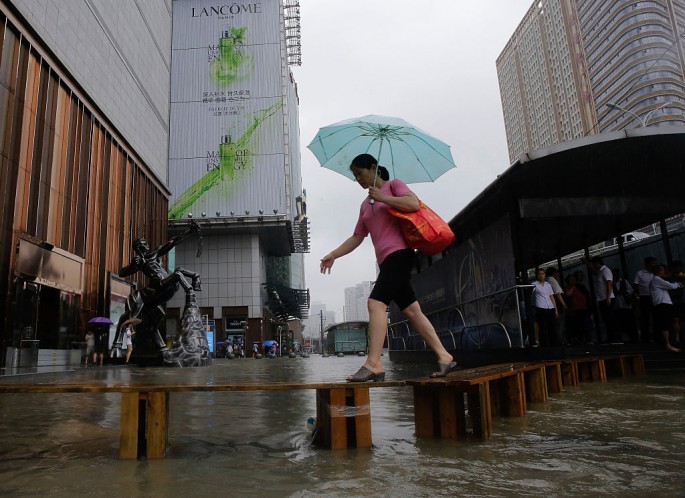Experts say that the 1998 Yangtze River flood is different from the devastation brought by the massive flood this July.
China is currently experiencing inclement weather caused by a super typhoon with an international name "Nepartak."
Most of the affected are those living in the Hubei Province capital of Wuhan located near the Yangtze River basin, the same area where the 1998 massive flood occurred.
Super Typhoon Nepartak
A recent report from CNN said that China is now experiencing what can be considered the "worst floods since 1998" with the death toll already over 100.
According to the outlet, the country has not yet seen the worst as the citizens of China brace for direct impact of Super Typhoon Nepartak's landfall on Friday, July 8.
China's Ministry of Civil Affairs has reported 140 people dead and missing while 511,000 others were relocated to safety, per China Daily.
According to Telegraph UK, Super Typhoon Nepartak has increased its winds to 163 mph on Wednesday.
In order to bring hope to the people, Chinese Premier Li Keqiang visited the site with massive flooding and encouraged the country's soldiers to fulfill their duties and save lives.
"A small leak can sink a ship, and the leaking point has sent a warning to us, as it's only 400 meters outside the main structure. I hope you can guarantee the embankment's integrity," he said, referring to the embankments that protect the community from total devastation.
1998 Flood vs July 2016 Flood
This perilous event forced many to recall the destructive 1998 floods that challenged China for two full months since June of that year.
However, the South China Morning Post pointed out that there are significant differences between this current flooding compared to the historic 1998 Yangtze River catastrophe.
Apparently, the past flooding incident recorded less rainfall compared to what Super Typhoon Nepartak is bringing now.
However, the flood waters during the recent devastation are more evenly spread, which makes the flood waters seem shallower.
Aside from that, China has already set up a better protection against such natural disasters, investing over 17 billion yuan in water infrastructures between 1998 and 2002.
Unfortunately, the years saw a higher risk of urban flooding, which has reached as much as 56 percent from 1998's 30 percent. This can be attributed to the surge of the urban population with which the water infrastructures were too slow to catch up.



























